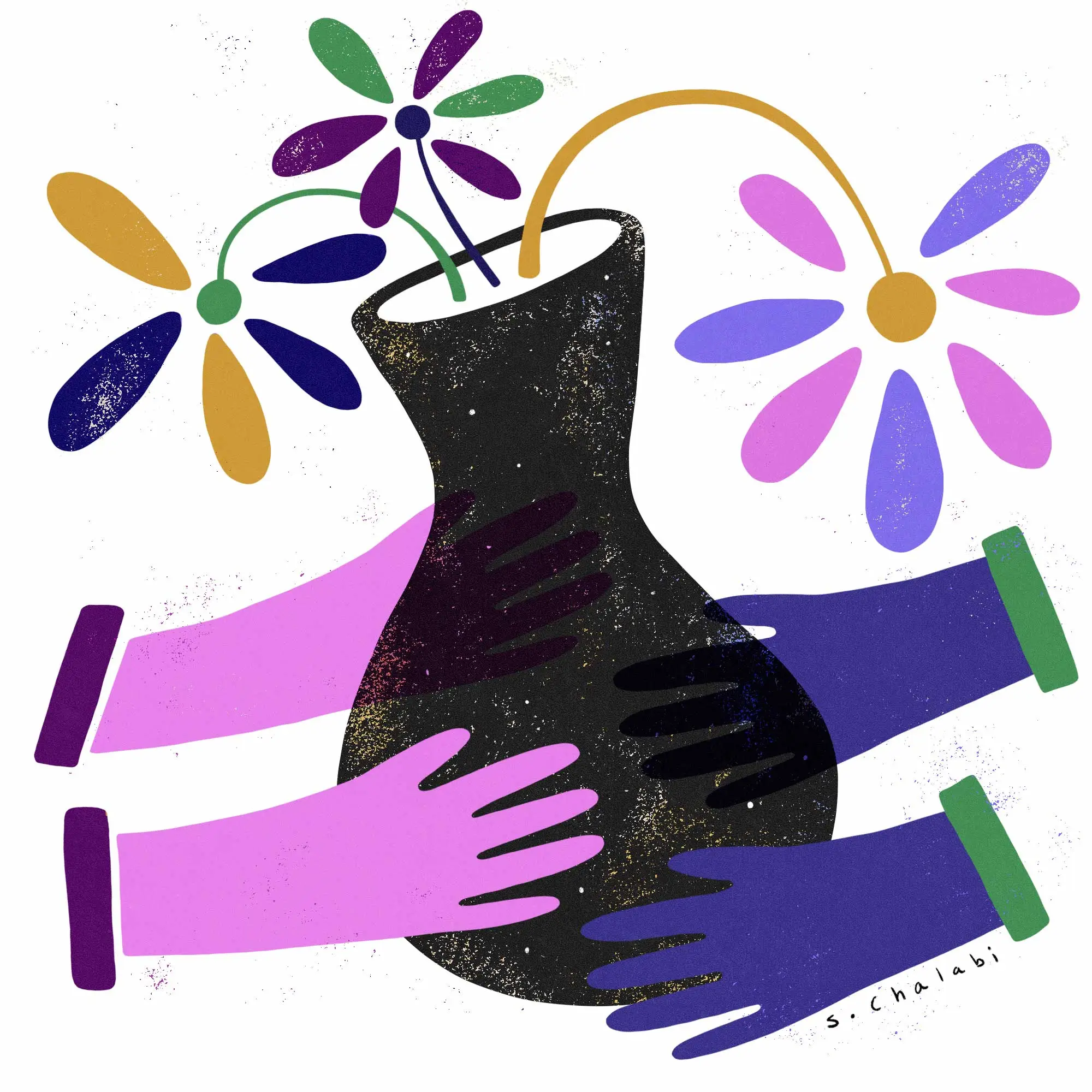Emily Ladau on supported storytelling
Emily Ladau is Editor in Chief of the Rooted in Rights Blog.
One billion people around the world are disabled, but only a select few among us are given the space and tools needed to tell our stories. Even fewer disabled people rise to the ranks of arbiters of whose stories are told. I have achieved both, working as a writer and editor who is physically disabled. But I’m also white, straight, cisgender, and college-educated, so I must acknowledge the role of my privilege in making it past the many barriers to entry for storytelling platforms. And while I’m committed to using my combined privilege and disability identity to contribute to efforts toward broader, more accurate media representation of disability, it’s past time to rethink the ableist, inaccessible journalism and media landscapes that keep so many other disabled people out.
In my capacity as Editor in Chief of the Rooted in Rights Blog, a platform focused on amplifying authentic disability narratives, I’ve developed active practices to help knock down the walls that so many media outlets build ever higher. Upon opening a pitch, I’m looking for a powerful story rather than polished form. My priority isn’t clicks, but rather covering disability issues that mainstream media is missing. And I don’t decide whether to accept a pitch based on some of the usual indicators that editors look for—grammar, spelling, credentials, and clips. These are all rooted in the value society places on traditional forms of education (which has its own ableist, racist, and classist barriers to entry), as well as stigma toward disabilities connected to reading and writing. The top credential I seek is lived experience with disability.
But lived experience doesn’t make anyone an expert on everything pertaining to disability. Though I’m disabled, I don’t always get it right as a writer and editor. The same is frequently true of nondisabled editors whose disability knowledge often ranges from limited to nonexistent. A common “solution” to this is providing disability awareness and sensitivity trainings for newsrooms, but this doesn’t go nearly far enough for truly meaningful representation. How do we bridge the gap and bring diverse disability perspectives to the mainstream?
While I recognize the necessity of journalism as it’s currently practiced, our standards are inaccessible to so many disabled people. Further, paying journalists to write about insights that marginalized people share as unpaid sources for the sake of objective reporting fosters inequity. This process often takes away the agency of subjects to convey stories exactly as they want them told, without the editorializing decisions of journalists.
To shift these paradigms, we can engage in what I’ll call supported storytelling, in which the job of journalists isn’t to shape narratives by writing stories their subjects aren’t even privy to read prior to publication. Objectivity, active listening, probing questions, attention to detail—think of these not only as tools for a typical journalism job, but also tools that can enable those in privileged positions to support and accommodate people of multiple marginalized identities to share their stories in their own voices. I envision a newsroom in which editors don’t reject pitches based on arbitrary indicators, but rather dig deeper to find the stories waiting to be told; in which journalists aren’t reporters, but rather collaborative partners; and in which marginalized people are seen not as subjects, but rather as leaders in telling their stories.
And to ensure this approach to storytelling is truly equitable, we must also pay a fair rate to the people who give so much of themselves to be laid bare on the page. Using this model, traditionally un- or underpaid sources would receive contracts ensuring an hourly fee to account for their time and labor as well.
Supported storytelling is but one small way we can start the process of deconstructing the discriminatory barriers that media establishments have for so long upheld. Especially now, we cannot continue to allow the power of storytelling to belong to the privileged few, for stories are how we teach and learn. Only when the stories we engage with and the people telling them reflect the true depth and breadth of the human experience will we begin to find our way toward change.

This essay is part of CREATIVE FUTURES, a series of provocations by thinkers across the arts, documentary, and journalism on how to reimagine their sectors.